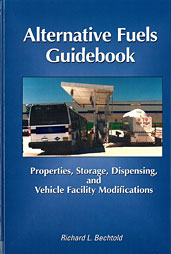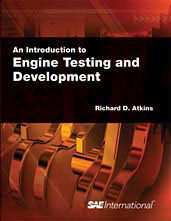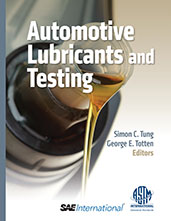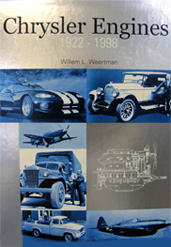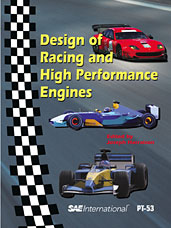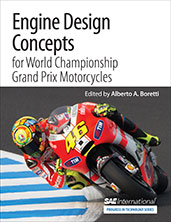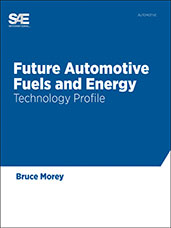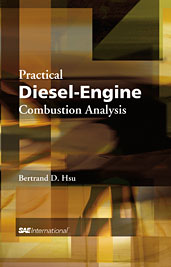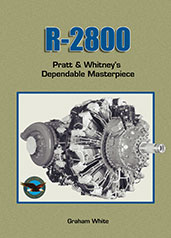Book

A Comprehensive Review of Lubricant Chemistry, Technology, Selection, and Design
2009-01-01
Get a comprehensive overview of lubricant technology and its use in formulating new lubricants. This unique, new ASTM manual is written from the perspectives of both chemists and lubrication engineers, and therefore places equal emphasis on the chemistry and the formulation of lubricants. In addition it includes additive technology that is used in petroleum exploration, refining, and fuels. Manual 59 complements ASTM's Fuels and Lubricants Handbook (Manual 37) in that it integrates the information in the Handbook in a manner that will be especially useful to practicing lubrication engineers.

